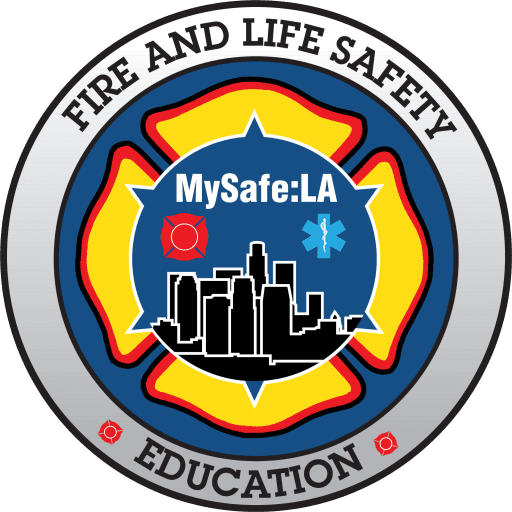Ask anyone living in a high-fire risk area of the state about their insurance status. You’d be hard-pressed to find anyone who responds, “It’s all good.” For several years, insurance providers have been either limiting new policies or, in many cases, leaving California and not renewing policies at all. This has left thousands of homeowners without reasonable options. Many have given up, and their homes are currently uninsured. Others have turned to the insurance provider of last resort – the California FAIR Plan. Finally, some good news may result in a more normalized insurance market in California.
How did we get to this point?
Wildfires have been an enduring natural phenomenon throughout California’s history. However, in the latter part of the 20th century, they began to inflict more widespread damage. The state’s expanding population led to the construction of more homes and communities in fire-prone areas, particularly in the wildland-urban interface (WUI). Insurance companies were generally willing to cover homes in these areas at the time, as wildfires were not perceived as frequent or devastating as they are today.
Since the early 2000s, the state has been experiencing increasingly frequent and severe wildfires. Contributing factors include prolonged droughts, rising temperatures due to climate change, and forest mismanagement. Devastating wildfires like the Cedar Fire (2003), the Station Fire (2009), and the Camp Fire (2028) have resulted in significant destruction and increased insurance claims, compelling some insurers to reassess their strategies in high-risk areas.
The Camp Fire, which caused extensive destruction in Paradise, was one of California’s history’s deadliest and most damaging fires. As a result, insurers faced billions of dollars in claims, prompting many to take steps such as significantly raising premiums or reassessing policies in fire-prone regions.
As the Earth’s climate changes significantly, California grapples with increasingly scorching, arid conditions, extended fire seasons, and exceptionally extreme weather patterns. These factors have contributed to a surge in the frequency and severity of wildfires. This created a tipping point for insurance companies. Why offer insurance if you will lose money and potentially go out of business?
California homeowners have sought alternative solutions after insurers withdrew coverage from wildfire-prone areas. Many have turned to the California FAIR Plan, a state-mandated last-resort insurer that provides basic fire insurance coverage.
The FAIR Plan had approximately 50,000 policies in force less than seven years ago. Many were provided for short periods, often under six months, while the insured sought and eventually found general marketplace insurance coverage. More than 400,000 FAIR Plan policies are in place today, and more than 1,000 new policies are being underwritten daily.
The FAIR Plan has many limitations as well. The maximum amount of insurance on personal property is three million dollars. It will only be covered if a home is less extensive than 3,300 square feet. Most concerning is the FAIR Plan’s inability to pay out in the event of a mega wildfire and related losses. For example, the total insurance coverage risk was substantial during the 2024 Line Fire near Big Bear in San Bernardino County. The fire threatened over 35,000 structures, including homes and commercial buildings, which led to widespread evacuations. The FAIR Plan’s exposure in that area is estimated at more than $30 Billion. Yet, the ability to pay out claims by the “plan” is just over $5 Billion. The math doesn’t add up, and the risk of a mega-fire continues to grow.
Amidst the escalating crisis, the California Department of Insurance (CDI) intervened to address the situation (with the assistance of the Governor, who issued an executive order supporting significant policy changes). The state’s insurance commissioner implemented a one-year moratorium on policy cancellations and non-renewals for homes directly affected by wildfire activity, offering temporary relief to residents. The Insurance Commissioner, Ricardo Lara, began a complicated process of reworking the entire insurance landscape in California. More than a year after the Governor’s order was announced, some progress is starting to reveal a possible end to the crisis.
To get to a new insurance infrastructure, the DCI met with more than 122,000 consumers in person and virtually to get public input. More than 1,800 meetings within all 58 counties in the State were conducted.
Implementing new risk assessment tools is essential to implementing a new insurance market structure in California. That means utilizing forward-looking catastrophe modeling instead of a ten-year over-the-shoulder history practice. Most importantly, this modeling must be limited to the State, protecting consumers from paying the costs of other global catastrophes.
Other benefits include new rate review timelines, updated rate filing procedures, Increased transparency for intervenors, and decisions that will help California-admitted insurance companies underwrite policies that make sense for consumers and providers.
To ensure that insurance companies meet the obligations set forth by the new infrastructure, the CDI will control the regulatory process, including public input and compliance with laws related to providing insurance. There will be binding agreements with each insurance company and the State. The overall “Safer From Wildfires” regulation is the first in the nation. It will help insurance companies determine rates, including discounts for those homeowners who reduce the risk of ignition to their homes.
This new infrastructure and related policies are nearing the finish line—and should be in place in less than four months. Some insurance companies, such as Allstate, have already agreed to offer open insurance throughout the state once the new standards are in place.
These changes have taken a long time to develop, and there has been plenty of pain associated with the lack of affordable (or any) open-market insurance from admitted carriers. There is a glimmer of hope that the crisis will soon be in the rearview mirror. It’s at least one thing about 2025 that we have to look forward to.









